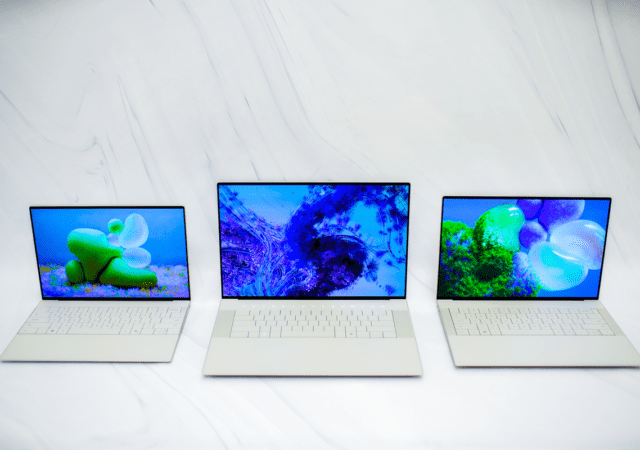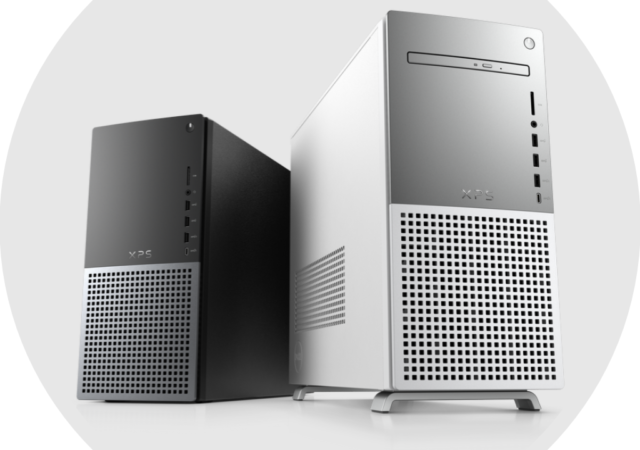Dell announces a refreshed XPS line up with better specs, a revamped design and even more performance than before!
Dell’s New XPS Desktop Brings Technology that Scales with Your Passion
Dell announces their new XPS Desktop powered by the latest Intel Core processors and packed with specifications for all your needs.




